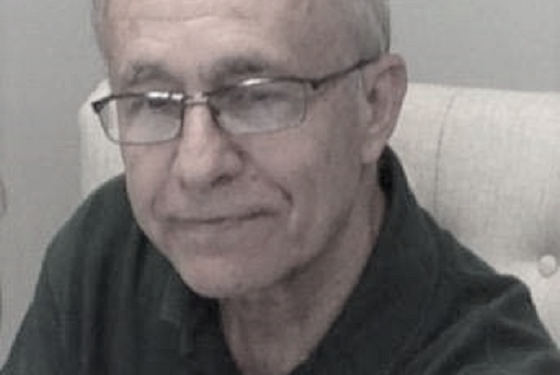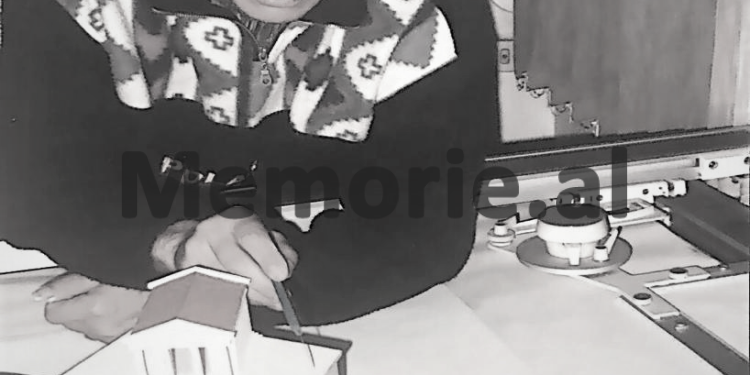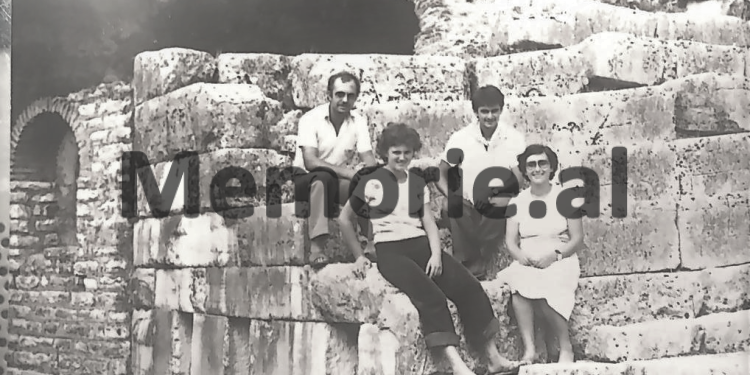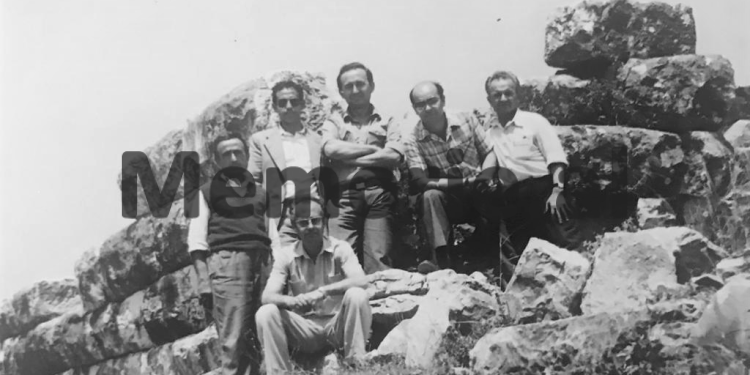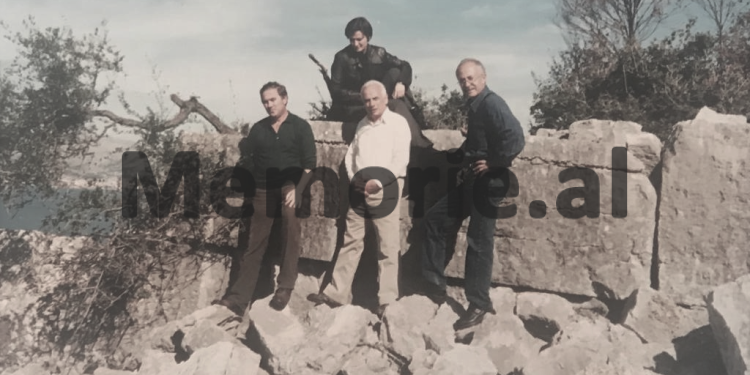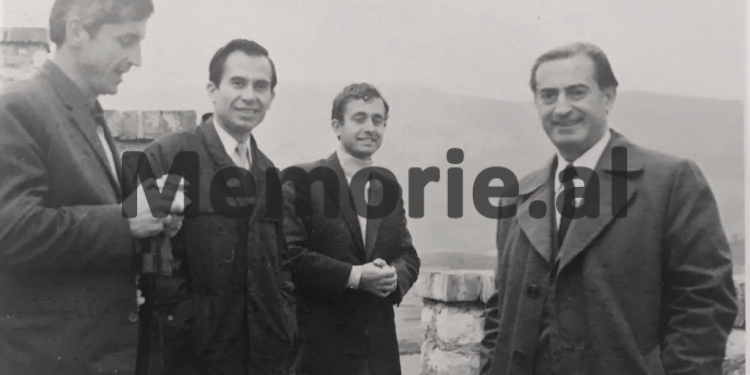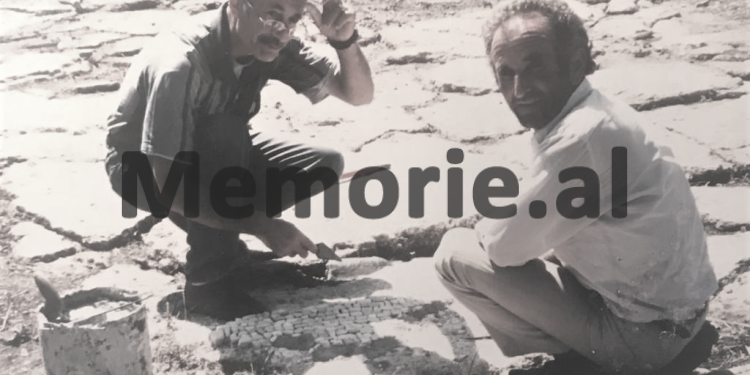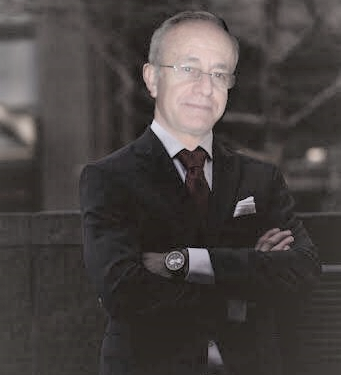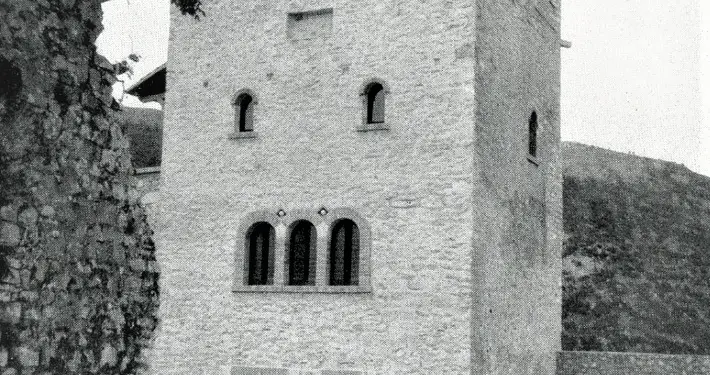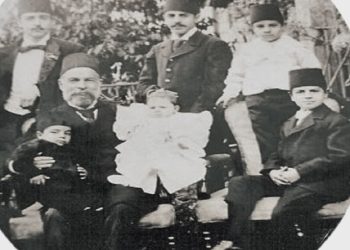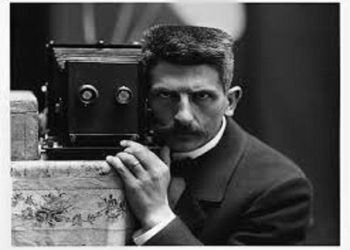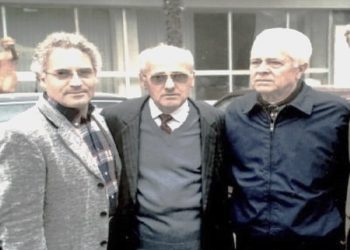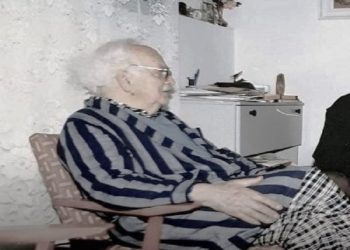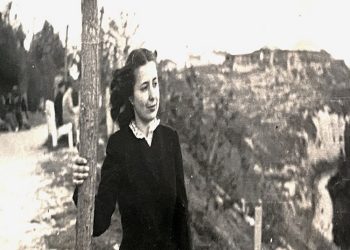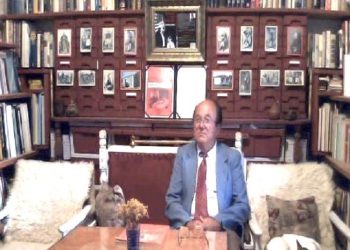By Dr. Guri Pani
Memorie.al/ During these recent times, I have seen in several different TV shows, many discussions about the problems that have been opened regarding the ‘Management of the Butrint Archaeological Park’.
It is unfortunate that the views of specialists have not been taken into account much; I can even say that they have been ignored.
Our society is getting involved at this time with some rushing alternatives, different from those of a few years ago. And of course, this must be done with some new rules and laws, which help the development and rapprochement with European culture.
Thus, the various state institutions must carry out a great deal of awareness-raising work to introduce the stages of development in the groove of the drafted laws, related to economic, political development and laws for the protection of the culture and traditions of the country. Each of these laws must be in harmony with each other, to create general social harmony.
So, among other things, I as an intellectual, citizen, but also a specialist in the field, (architect-restorer), feel the concern of a stagnation created as a result of the disruption of this harmony.
Not everyone has the same definitions of art, architecture or even approaches to cultural life or political developments. Everyone, based on their qualification or position in society, thinks and judges within these limits.
I mention these because I do not want to blame or judge those who think differently from me. My mission as an Architect-Restorer has been to preserve the cultural heritage and pass it on to future generations. This is the mission of all cultural institutions in the civilized world.
In the totality of objects that we inherit, we can single out historical areas, archeological parks, cult objects, fortifications, dwellings, etc., divided in that way according to their specifics and the problems related to their study and protection.
If we go back to the Butrint Archaeological Park, and all the archeological parks in the world, we must remember their mission, which is the conservation, protection and transmission of cultural assets to future generations. So it is not economic gain as trumpeted by some rulers or groups of people who want to take advantage of cultural wealth.
Cultural wealth is the property of everyone, not just a certain group. Therefore, any intervention in cultural property should be a qualified discussion with the institutions charged by law for their protection, and the bodies of power where the cultural property is located.
Many years ago, when I was tasked with conserving archaeological ruins in Butrint and Apollonia, I had to understand history, the various stages of construction, specific construction techniques, architecture, and so on. It was a tedious and long study, but very attractive, because, step by step, I discovered new elements, to enter into an enigmatic and very inspiring world.
I remember when I was working at the Butrinti Theater; the questions were numerous, not only with the architecture, techniques and construction phases, but also the enigma why this theater was built near the Asclepius Temple or near the fortification entrance of the city.
In 1988 I was at a cultural event in Greece, and took the opportunity to visit the theater of Epidaurus, well known for its acoustic properties, but for me it was important that this theater was also associated with the temple of Asclepius. It was also a coincidence that in that year, this theater was declared a UNESCO World Heritage Site.
Returning to Albania, I was thinking, what we should do, for the Butrint Theater to be declared a World Heritage Site. The Annual Conference of ICCROM member states were held in Rome that year. There we had the opportunity to meet some personalities of UNESCO, who respectfully congratulated us for the good scientific work that was taking place in Albania, work which had become known, especially after the two ‘Illyrian Assemblies’ held by the Academy of Sciences and the Symposium ‘On the Protection of Cultural Monuments’ organized by the Institute of Cultural Monuments. They recommended us to prepare the necessary materials with, proposals for the proclamation of some monuments.
The necessary documents for the proclamation of ‘World Heritage’ of some monuments were immediately prepared at the Institute of Monuments, such as:
- Butrint Archaeological Park
- Historic city of Berat
- Historic city of Gjirokastra
- Durrës Amphitheater
(Berat and Gjirokastra were later declared ‘World Heritage Sites’, while the Durrës Amphitheater has not yet been included in the list)
In the early 90’s, being the Inspector General of Cultural Monuments, and a member of the Commission of Culture, at the Council of Europe, we participated in several activities organized by UNESCO, in: Germany, France, Italy, Greece Turkey and Tunisia, it was argued that the list of world assets was constantly increasing.
In 1992, I was invited to take the 6-month ICCROM course in Rome. At ICCROM I had the opportunity to contact some specialists and experts on: ‘Legislation for the protection of Cultural Property’. I saw as imperative the need for a new legislation in Albania, knowing that the existing legislation did not include the new changes that took place in our country, regarding private property, and the new relations created after the establishment of the democratic system in our country. .
I returned to Albania taking with me the legislation of 20 Mediterranean countries, among them, the legislation of Greece, Italy, Spain, France and Turkey. After some time, the new legislation prepared by me and consulted by the lawyer of the Institute of Cultural Monuments, was also discussed by a specialist in laws on Cultural Heritage, sent for this purpose by the Committee on Culture of the Council of Europe, Prof. . O’Kiff.
The draft law was later passed to the Ministry of Finance and the Ministry of Justice.
In 1993, the revised Legislation, No.7867, was passed in Parliament, and it was adopted on dt. 12.10.1994, entitled: “On the protection of movable and immovable cultural property”.
The law needed to be supplemented with by-laws, which would regulate the state’s relations with the private sector, or improve its better functioning, which were almost neglected for a long time. Later, in 2003, some amendments to the Law were made, related to natural resources areas and Management problems.
Also in 1993, Butrint was declared a “World Heritage Site” and this made a great impact on the cultural environment. (I remember, I went to congratulate the director of the Institute of Cultural Monuments. Dr. Prof. Emin Riza, and he received me very badly, telling me that I was more interested in Butrint than in the city of Berat, that he wanted to be declared “World Wealth”, etc.…)
I mentioned this element of Butrint’s proclamation of “World Heritage” in 1993, for the fact that: the current Prime Minister, Mr. Edi Rama, was not Minister of Culture at the time, and has no contribution to Butrint, as required to boast). Without even wanting to take a political stance on this problem.
Given the above, I think this is just a modest contribution I can make to the protection of the Butrint Archaeological Park. The Paris Law and Convention clearly state that the state is the main party in the protection of cultural property.
It is worth mentioning the fact that in 2012, Prof. was invited. Goira Solar, to help ‘Protect Cultural Heritage’. Among other things, he says of Albania, “… I was the leader of a team, consisting of Albanians, funded by AADF, to prepare a new management plan for the Butrint archeological site. I have just reviewed the reports prepared by local experts, which were and are very impressive… ”!
He also states: “my in my preliminary report, I wrote that; Butrinti had more management plans prepared for him, and more UNESCO-ICOMOS missions, than any other site in the world ”!
So much to understand that the new management plan, prepared at the request of the Ministry of Culture, was not necessary, but behind this plan, corruption scandals are hidden, to remove from the protected area of the Archaeological Park hundreds of km.2, to use them for tourist constructions.
Prof. Goira Solar is one of the most prominent personalities for the protection of Archaeological Sites, in different countries of the world. He has led important projects, including China, Croatia, Malta, Bosnia and Herzegovina, Turkey, Slovakia, America, Israel and Albania.
I was in Butrint from 1973 to 2002, and throughout this period, I can say that the Butrint Foundation, despite some positive aspects, did not make any contribution to the conservation and restoration of archaeological ruins.
If you look at the article on the Santar of Butrint, you will understand that a scientific work was carried out for the restoration in Butrint, for which all foreign specialists have expressed, with maximum sympathy.
Prof. Jevat Erder, when he visited the archeological sites and historical cities in Albania, expressed his impression that: “UNESCO should have its Office, here in Albania”.
This is the truth and I can say that our country has all the possibilities and scientific preparation to carry out archeological excavations and restorations of ancient and medieval ruins, at a contemporary level. Memorie.al




